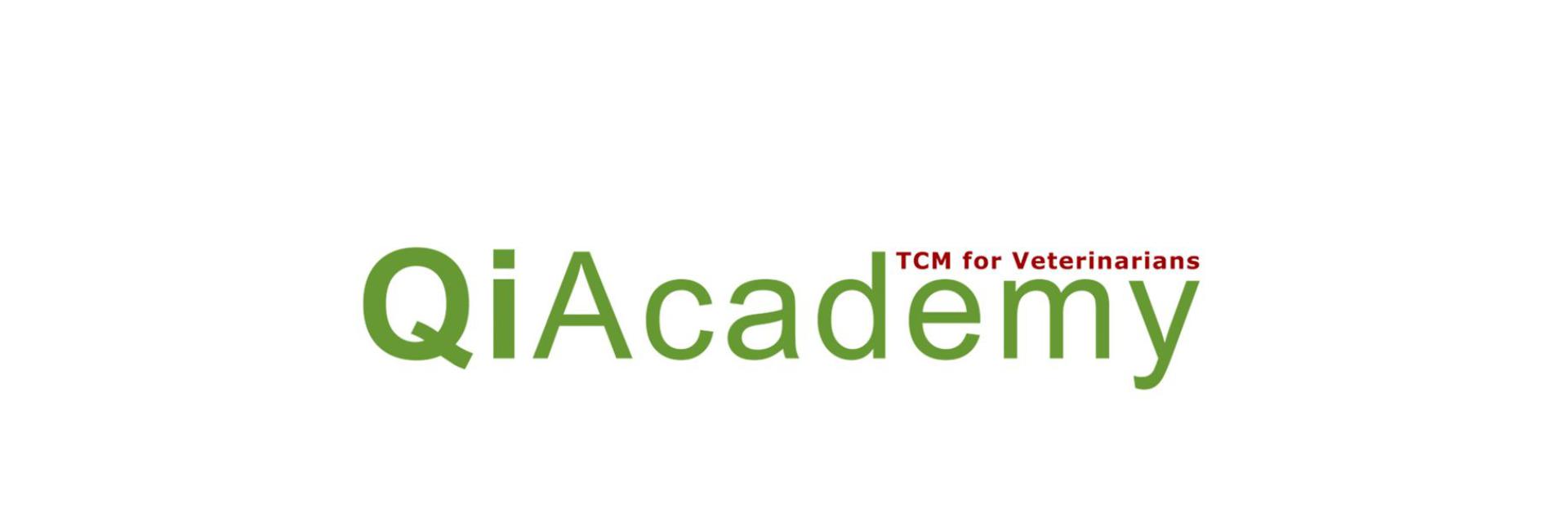Traditional Chinese Veterinary Medicine (TCVM) is a relatively young discipline in the Western world, although the history of Chinese medicine can be traced back over more than two millennia. The treatment of the animals is an adjustment and extension of traditional Chinese medicine (TCM), which is dedicated to humans. The TCVM is subject to constant development. Current research examines the mode of action of acupuncture and herbal medicine to scientifically prove what has been successfully used for millennia.
Chinese medicine theory
Chinese medicine is based on the Daoist world view, which sees the body as a microcosm in relation to the surrounding universe. As such, the cosmic laws and forces that govern the outside world are also inside the body. Just as life energy or "qi" is the power of the universe; it is a fundamental force of the body. The Yin-Yang theory, which is central to the Taoist philosophy, is also dominant in Chinese medicine. This theory describes the opposing forces of the universe - light and dark, hot and cold, etc, - both sides create and transform each other and play a key role in the characterization of physiological functions and diseases.
The ancient Chinese observed annual cycles of the five seasons - spring, summer, late summer, fall and winter, which correspond to the Wu Xing or five elements: wood, fire, earth, metal and water. As the Earth goes through this cycle, it does so in the body as well. In this way, for example, a young animal is in its wood (or fire) life phase while an old animal is in its water (even in winter) phase. In addition, the body organs have been assigned to the five phases. The five-element theory explains the functional relationships between the organ systems. For example, the kidney associated with the element of water is the "mother" of the liver (wood) because water creates wood by watering a tree to grow it.
Disharmony and disease
In Chinese medicine, illness is understood as an imbalance of the body and the diagnosis is made by identifying the underlying "patterns" of disharmony. Pattern diagnosis differs from the conventional Western diagnosis because it looks not only at the signs of the disease but at the whole organism. Thus, the TCVM practitioner takes in consideration the temperament, sex, age, activity and environment of the animal along with certain signs of the disease. This approach is based on the assumption that the body is a coherent system of forces and functions, so that the illness and disharmony of the entire patient must be investigated in order to get to the bottom of a cause. Therefore, Chinese medicine is often considered as a holistic approach in contrast to conventional Western medicine.
The four pillars of TCVM
Once a particular type of disharmony or disease pattern is identified, treatment is often a combination of treatment methods. Although the terms Chinese medicine and acupuncture are often used as synonyms in the West, acupuncture is actually only one component of TCVM. There are four pillars: acupuncture, herbal medicine, nutritional therapy and Tui-na. Qi-Gong, a form of meditative exercise, is the fifth pillar of TCM that is excluded from TCVM because it cannot be performed by animals.
Acupuncture is a treatment that achieves the stimulation of points, usually by inserting special needles into the body. Acupuncture points usually lie along the meridians where Qi flows. Most of the animal acupuncture points and meridians are similar as in humans.
The herbal medicine uses herbal ingredients. In the Chinese Materia Medica especially combinations or so-called formulas are used to treat certain clinical pictures. The herbal mixtures are usually administered orally and are typically applied in powder form to horses and other large animals and given in tablet or capsule form to cats and dogs.
Nutritional therapy is the use of dietetics to treat imbalance in the body. It uses knowledge of the energetics of food ingredients to create individual nutrition plans for individual animals.
Tui-na is a form of Chinese healing massage in which various manipulations of acupuncture points and meridians are used to solve the circulation of Qi and disharmonies of the organ systems.
"Integrative" Medicine: TCVM and Western Veterinary Medicine
TCVM is often regarded as a form of complementary medicine and is most effective when used in conjunction with western veterinary medicine. Both TCVM and Western veterinary medicine have their own strengths and weaknesses. TCVM is a holistic approach that is suitable for assessing the well-being of the entire patient. For the treatment of chronic diseases, it is usually better suited. The treatments are usually non-invasive with few side effects. However, TCVM is unable to locate specific pathogens such as pathogenic bacteria or viruses. Western veterinary medicine, on the other hand, uses the tools of modern science to diagnose diseases with great accuracy. Western medicines and procedures are powerful and fast. However, the demand for detailed diagnosis can be at the expense of the view of the entire image. In addition, modern medicine can do wonders on trauma and acute injury, but little on chronic conditions such as liver failure and atopy that can be effectively treated with acupuncture and herbal medicine. In many ways TCVM and Western Veterinary Medicine each provide what the other one lacks. Thus, the best medical care involves integrating the two systems so that the strengths of one compensate for the weaknesses of the other.
